If you've read my article on what biophilia and biophilic interior design are, you're probably keen to introduce this into your own home.
You don’t need a jungle of plants to create a calming, nature-inspired home. Introduce natural and organic materials to a room, such as stone and wood, and using soothing colours from nature such as green, blue and earthy tones.
Always ensure that all products are eco-friendly, and not made on the other side of the planet.
This article will give you some easy ways to add indirect nature into everyday parts of your interior.
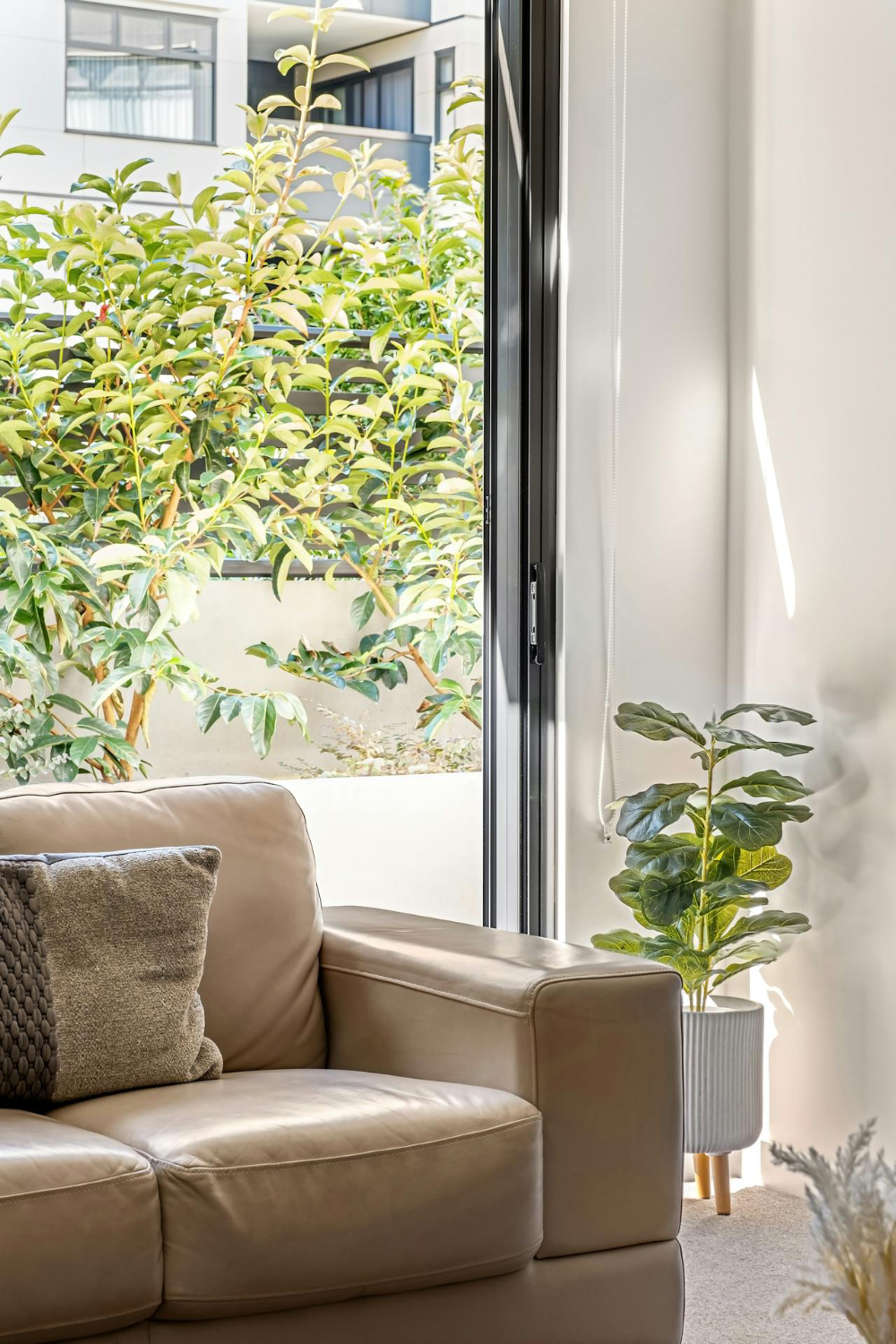
CREDIT: Lisa Anna
Nature is the heart of biophilic design but not everyone is able to bring living plants or a water feature indoors.
So, one of the easiest ways to boost wellbeing at home is through what’s known as indirect nature—the colours, textures, shapes and views that remind us of the outdoors.
Indirect nature is having a connection with nature through created images or representations, such as paintings or photographs and even sculpture.
When we talk about indirect nature in home interiors, we mean all the ways you can bring the feeling of the outdoors inside, without using actual plants or water features.
Think of it as little reminders of nature woven into your décor.
This might be natural materials like wood, rattan or linen, colours that reflect the sea, sky or earth, or even artwork and patterns inspired by leaves, flowers and landscapes.
Soft, dappled lighting and organic shapes in furniture can also create that same calming, nature-connected atmosphere.
In short, indirect nature is about capturing the essence of the outdoors through design choices, so you can enjoy a natural, soothing vibe at home—even if you don’t have a jungle of houseplants in the corner.
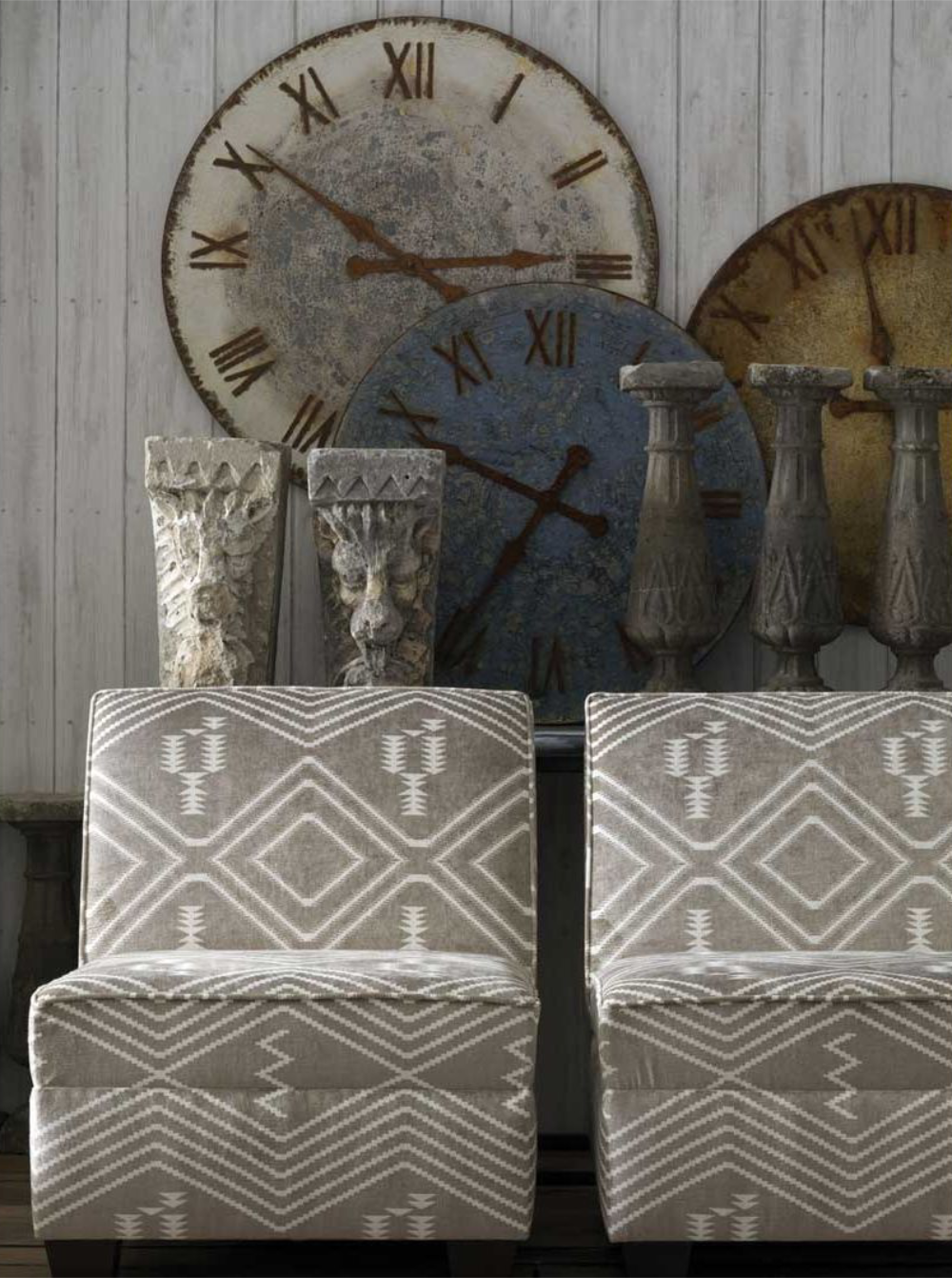
CREDIT: Andrew Martin
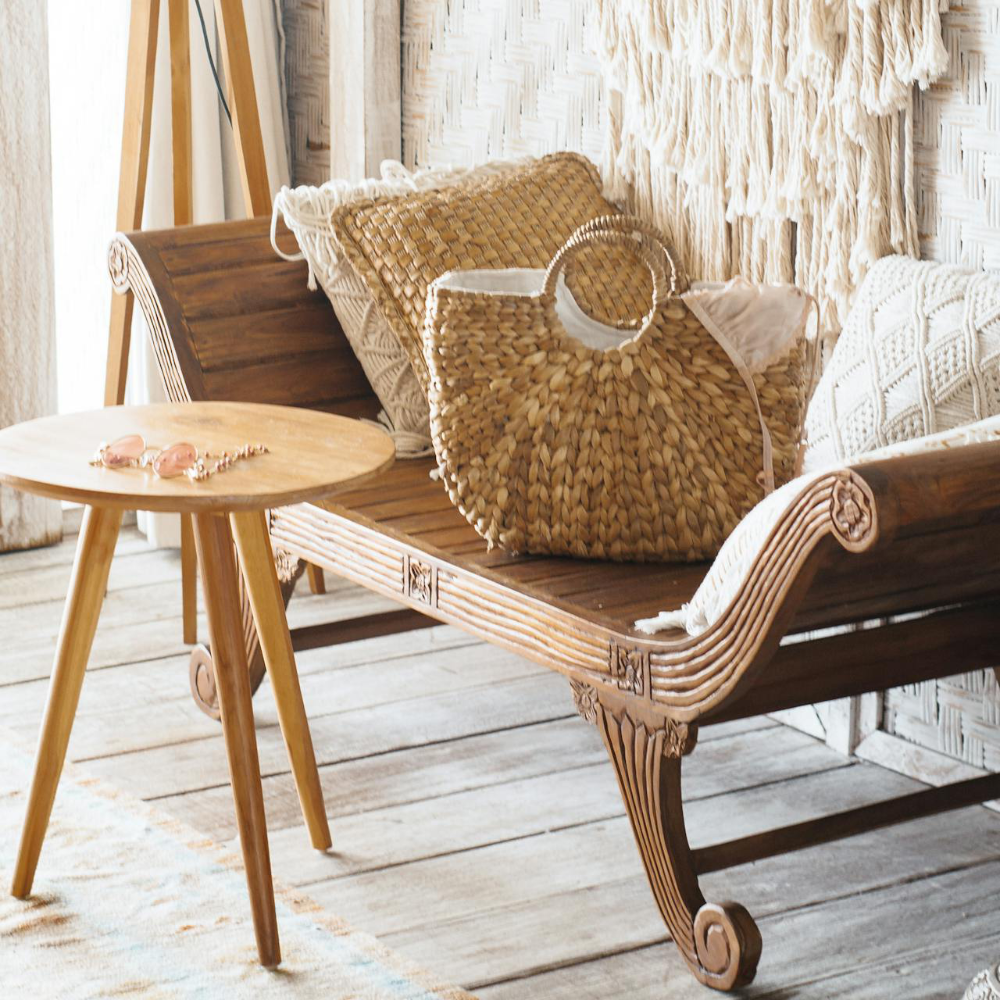
CREDIT: Ksu&Eli Studio
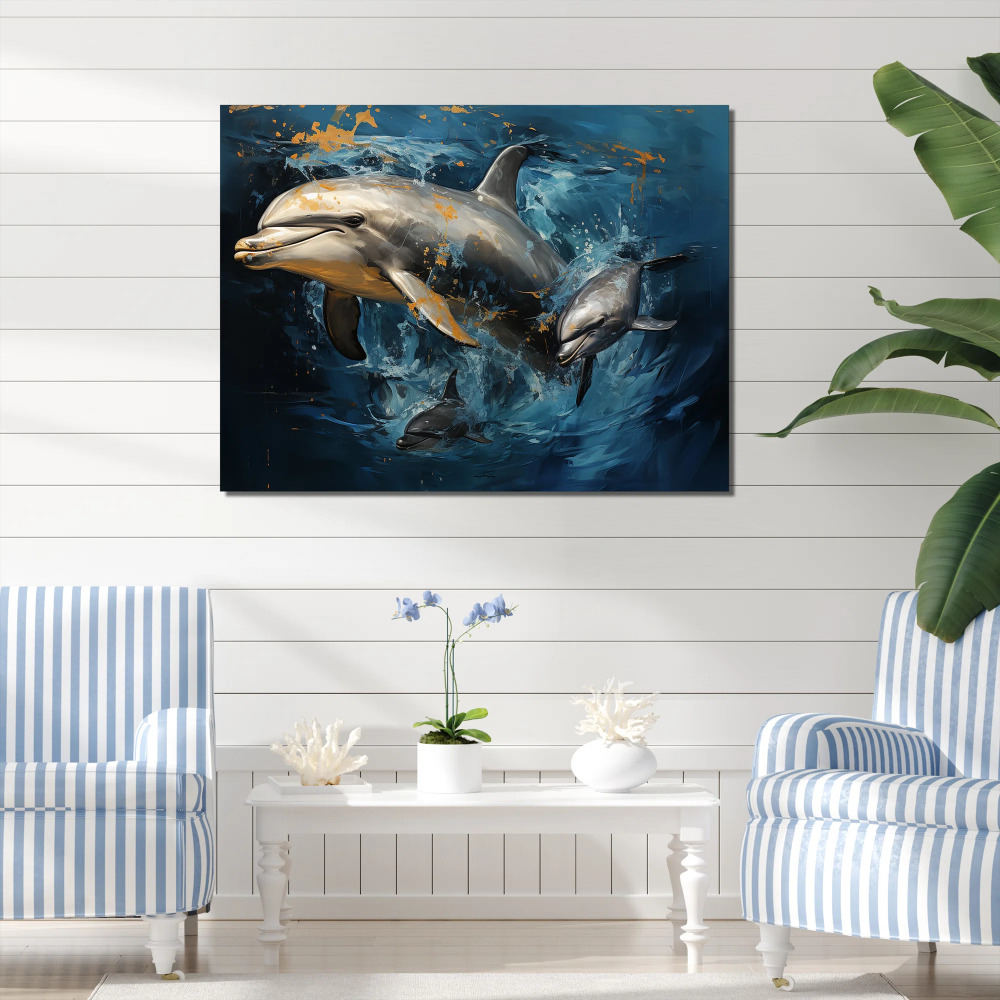
CREDIT: Beachcrest Home
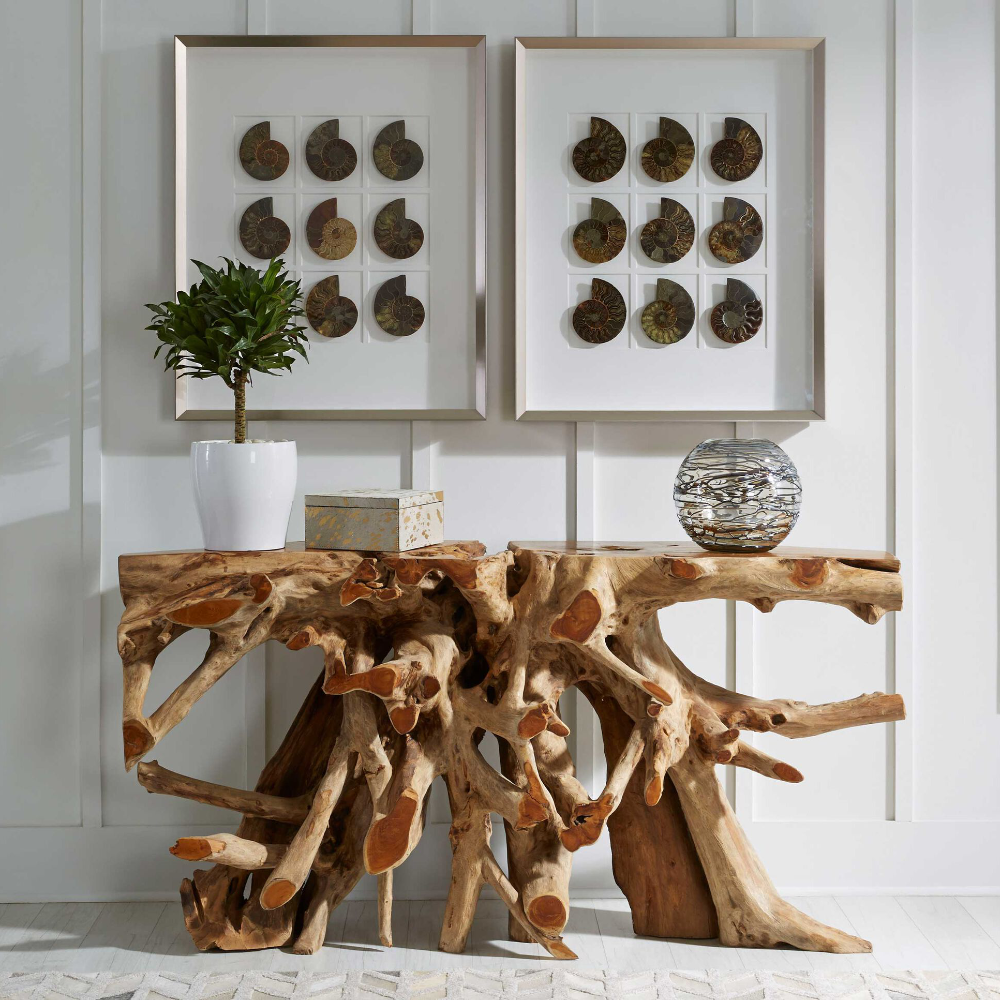
CREDIT: mgbw.com
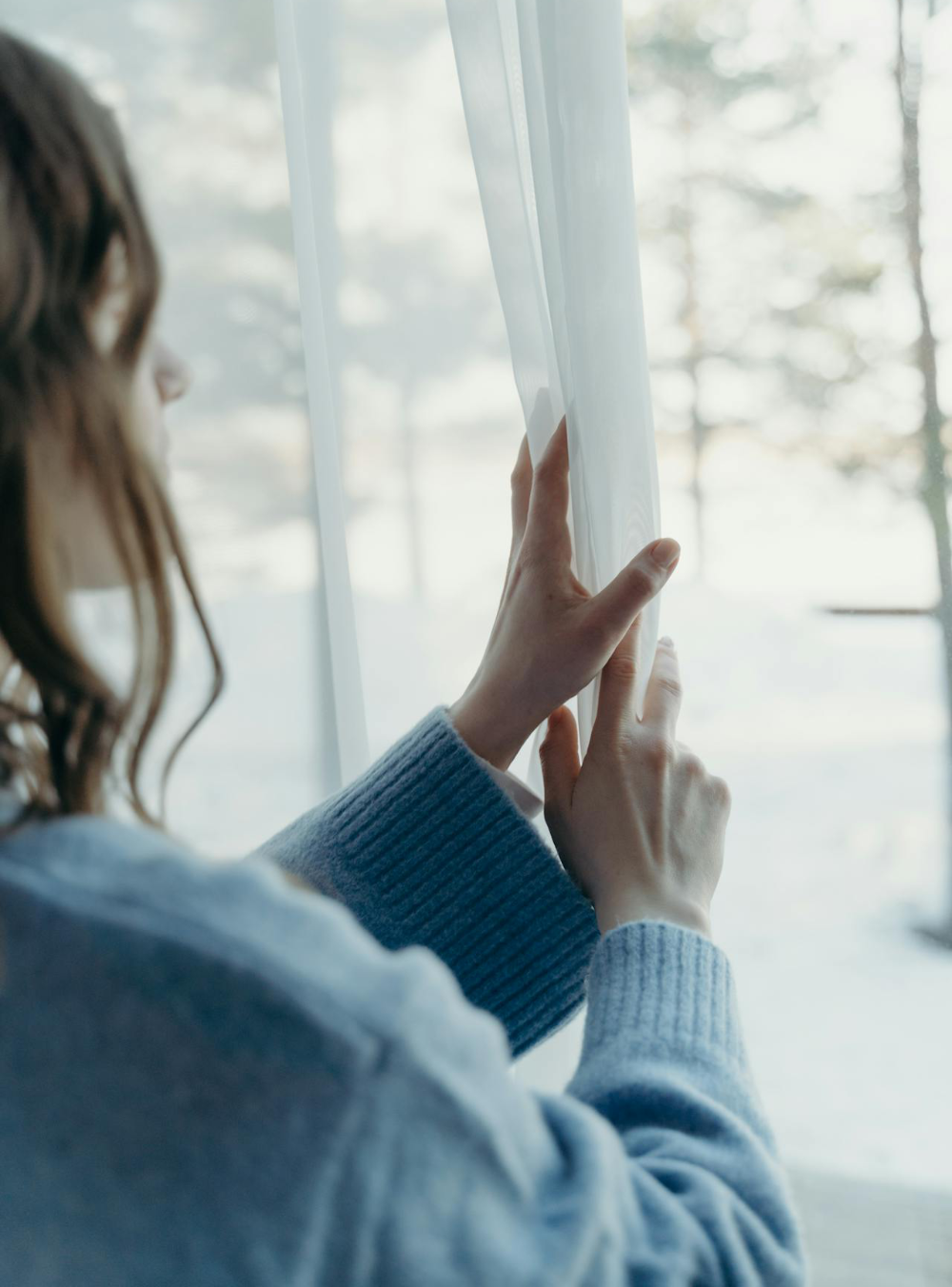
CREDIT: Cottonbro Studio
Swap heavy, synthetic fabrics for natural fibres. Linen, wool and organic cotton make perfect companions for cushions, curtains and upholstery. They’re durable, breathable and beautiful.
Patterns aren’t off-limits either—botanical prints leafy or floral patterns can give the impression of greenery even if you don’t have plants in the room. They can be bold or subtle, working just as well in a modern loft as in a cosy cottage.
Lighter, flowing curtains can also let sunlight stream in, creating a natural, airy atmosphere.
Natural fibre fabrics are eco-friendly too. Just be wary of ordinary cotton though. Unless it's organic or 100% recycled cotton, then it is not a sustainable fabric!

CREDIT: Designers Guild
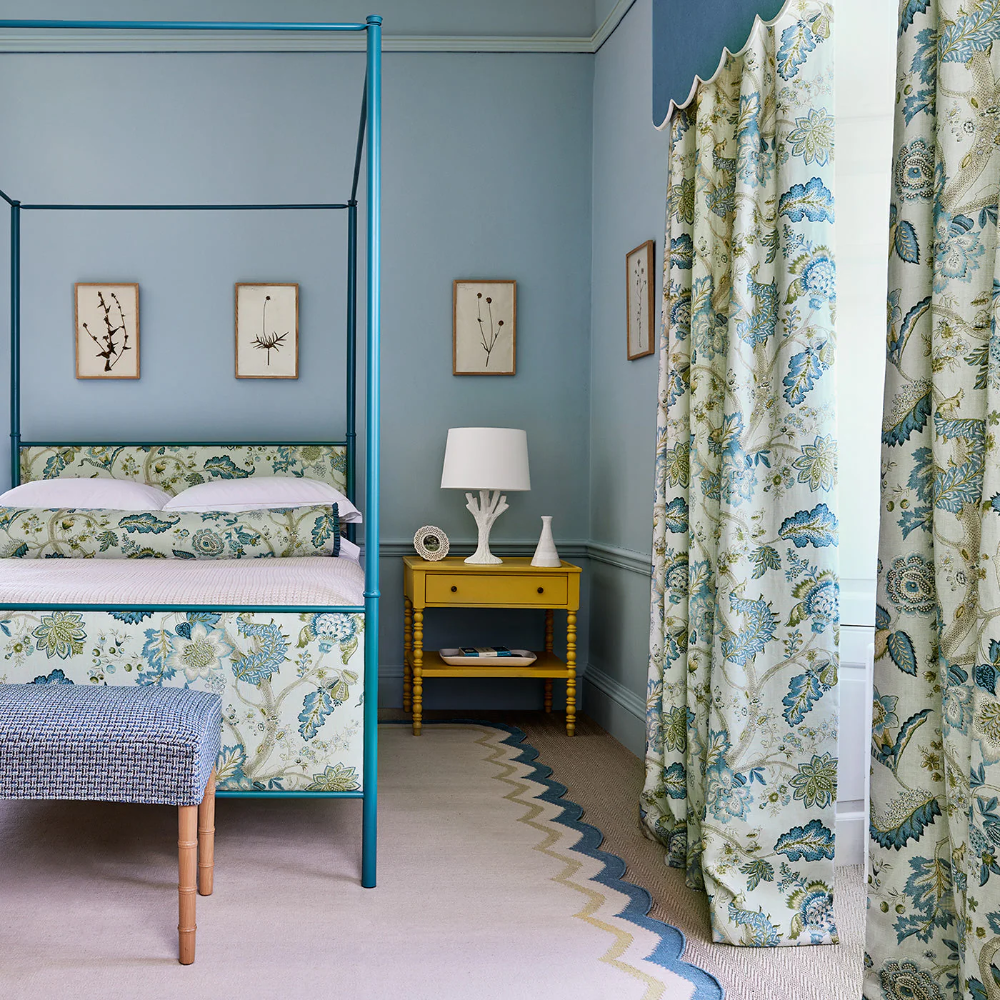
CREDIT: Linwood Fabrics
Wall finishes are a great way to bring indirect nature into your home. Try limewash or clay plaster for a softly textured, organic look that feels calming and alive.
Wallpapers inspired by leaves, trees, or botanicals can add a natural motif without being overwhelming, while timber cladding or cork tiles give warmth and texture.
For a more personal touch, a hand-painted mural can transform a blank wall into a natural scene.
Always opt for sustainable and eco-friendly products – natural materials not only look and feel better, but they also reduce environmental impact and support healthier living spaces.
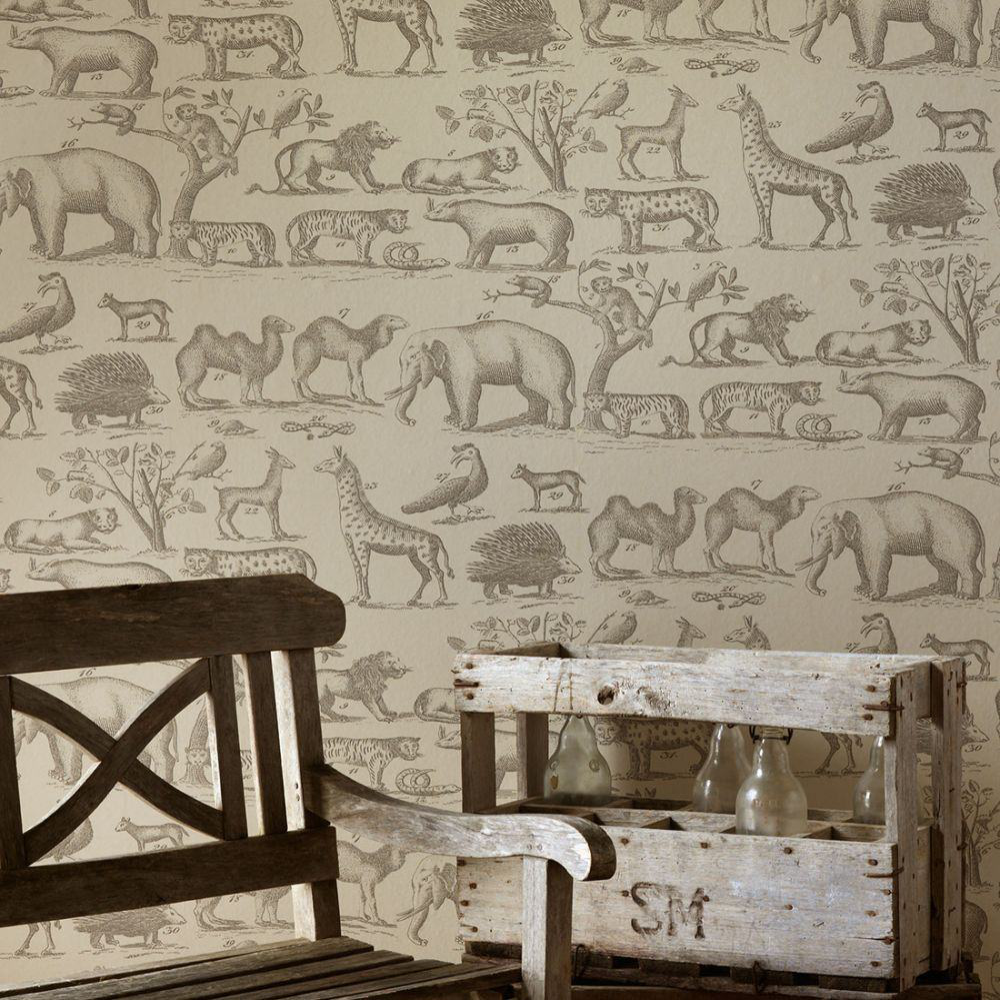
CREDIT: Andrew Martin
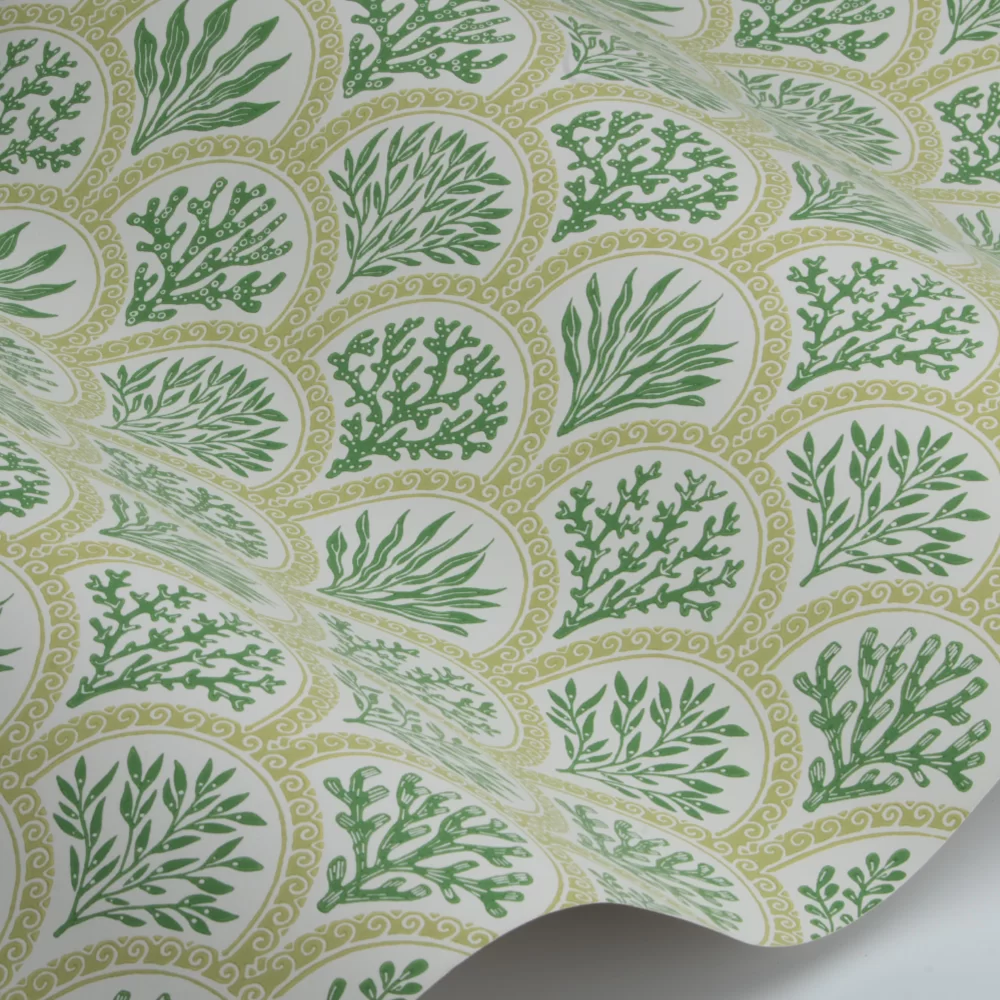
CREDIT: Jane Churchill
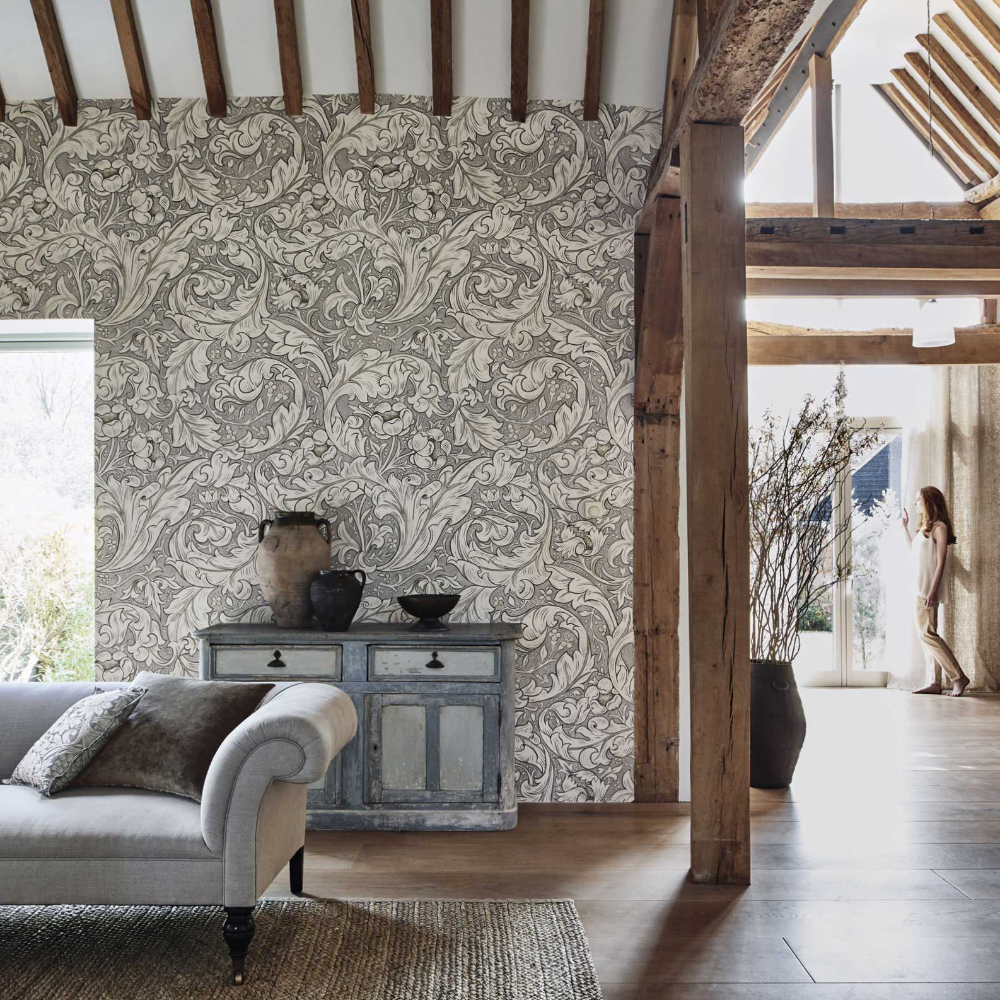
CREDIT: Morris & Co

CREDIT: Morris & Co
In biophilic interior design, flooring plays a big role in how connected a space feels to the natural world.
Walking on wood, stone, or bamboo instantly gives that sensory link to nature, while textures like wool or jute underfoot bring warmth and comfort.
Choosing FSC-certified or reclaimed wood not only supports the planet but also adds character and story to your home, deepening that sense of connection to the natural environment.
Even something as simple as a textured rug can echo the outdoors, reminding you of grasses, sand, or soft earth beneath your feet.
These small touches are what make a biophilic interior feel so grounding and restorative.

CREDIT: Roger Oates Design
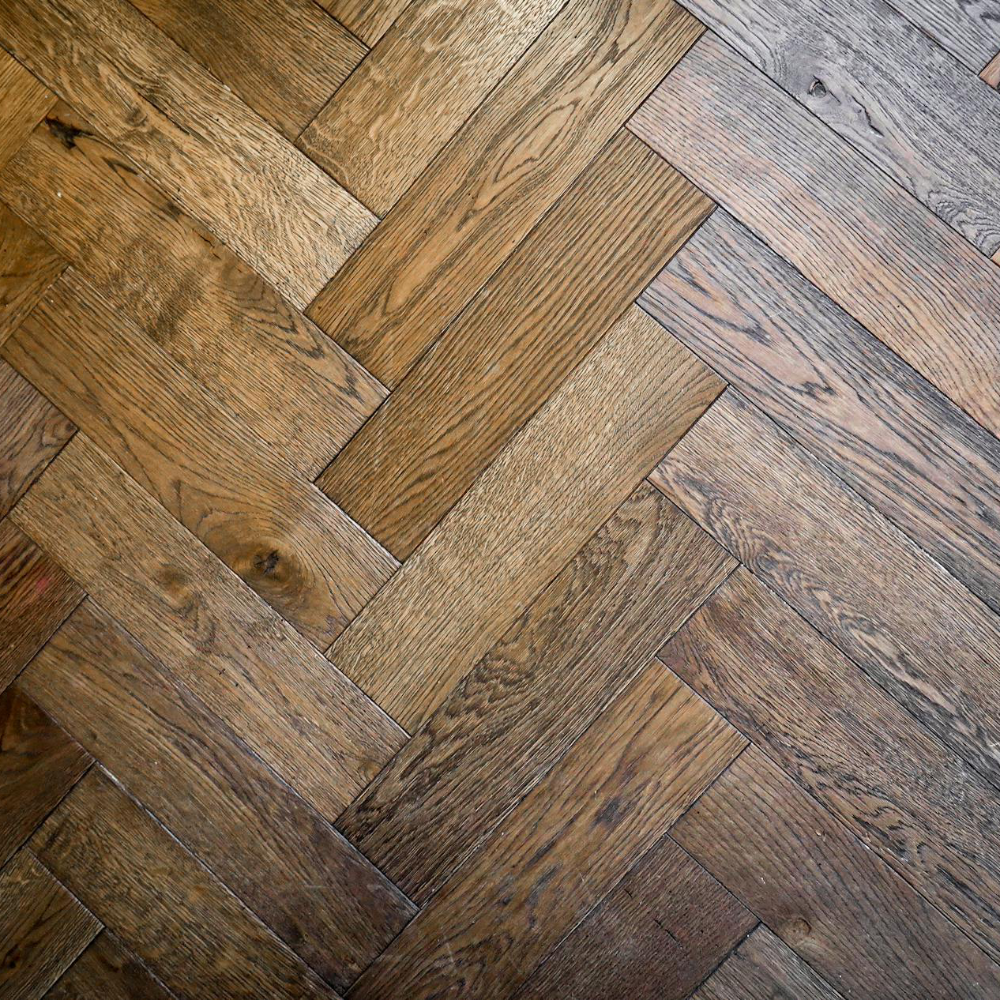
CREDIT: Magda Ehlers
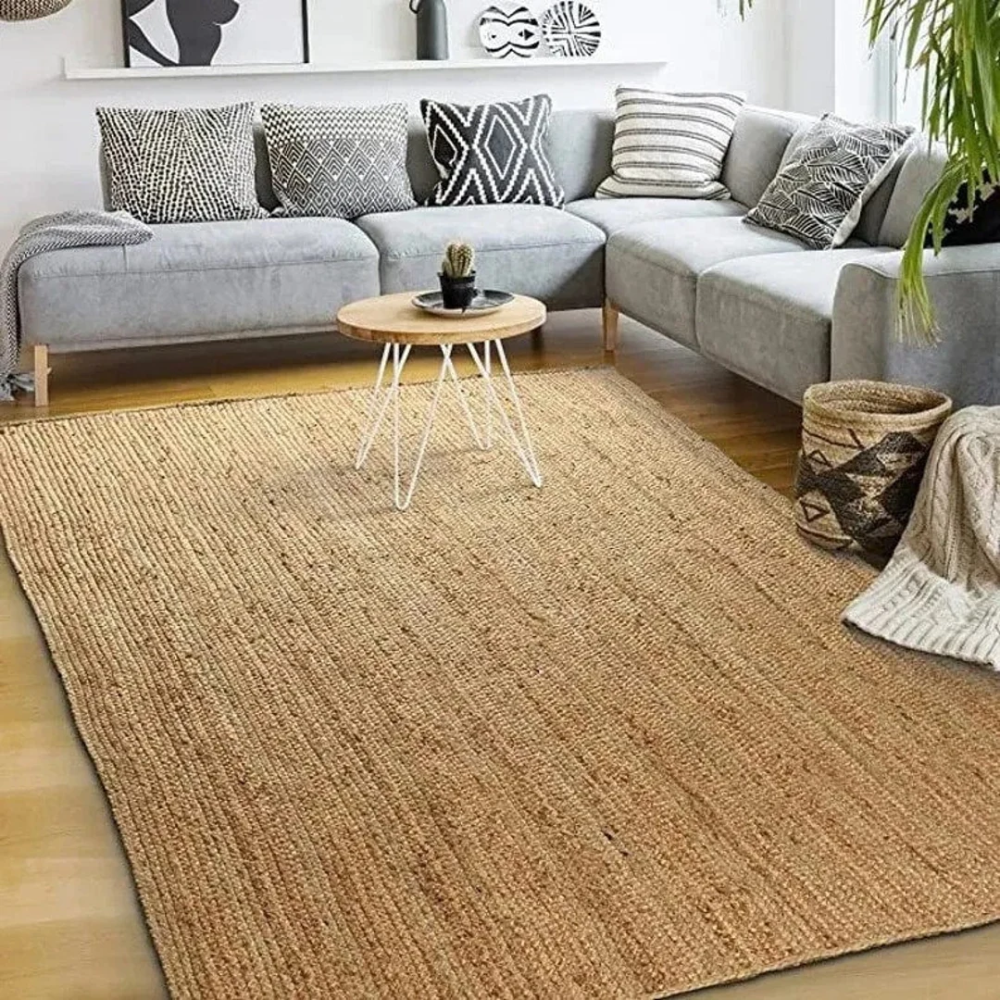
CREDIT: Etsy
Furniture doesn’t just need to be practical—it can reflect natural principles too.
In biophilic design, pieces made from wood, rattan, or stone bring authentic textures indoors, while curved shapes and flowing lines mimic the forms we see in rivers, shells, or tree branches.
Upholstered furniture also has a role to play—choosing fabrics like linen, wool, hemp, or organic cotton adds a soft, tactile connection to nature and avoids the plastics often found in synthetic textiles.
Going for reclaimed or sustainably made furniture supports the natural world, reinforcing that sense of harmony between home and environment.
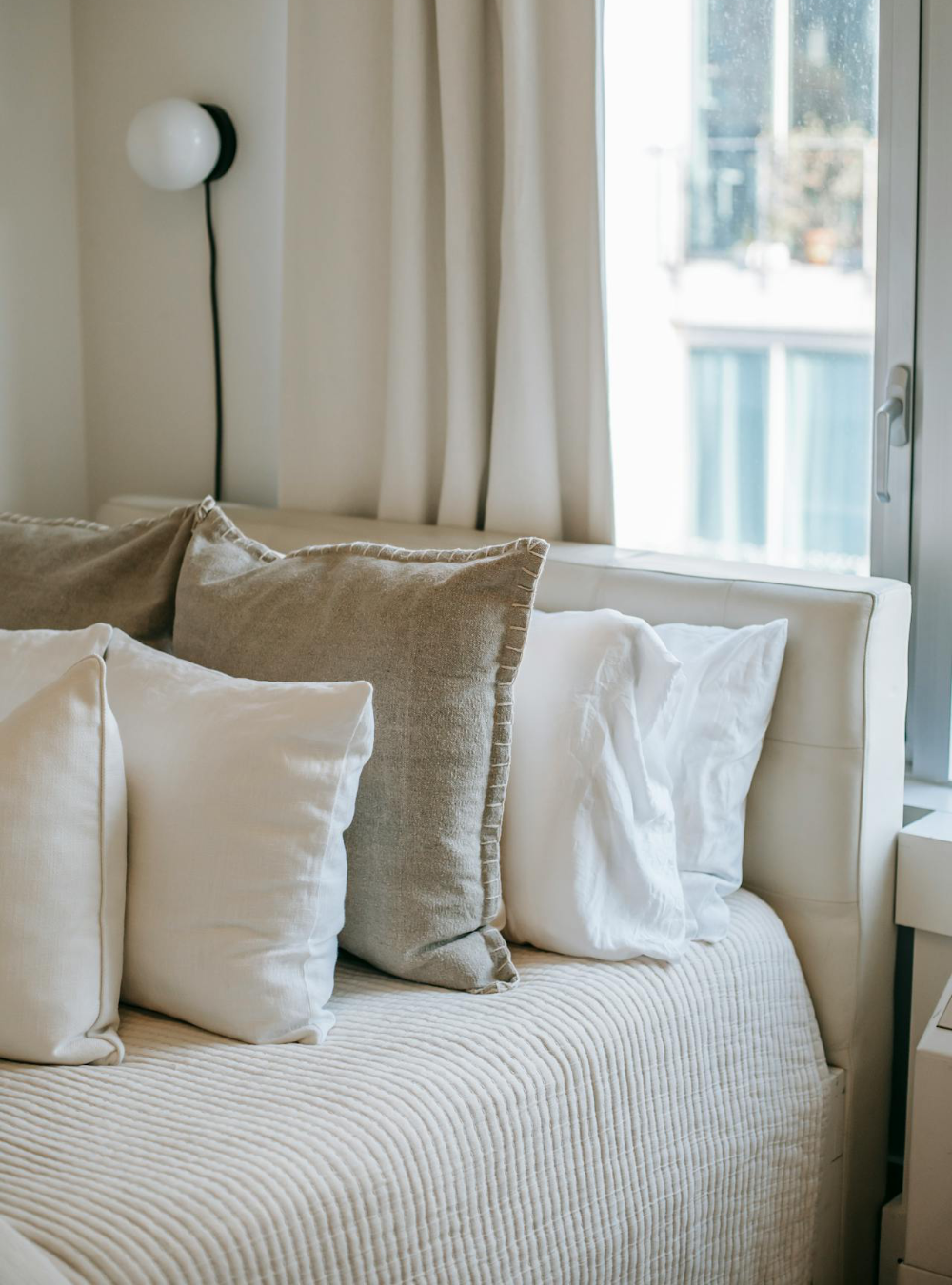
CREDIT: Charlotte May
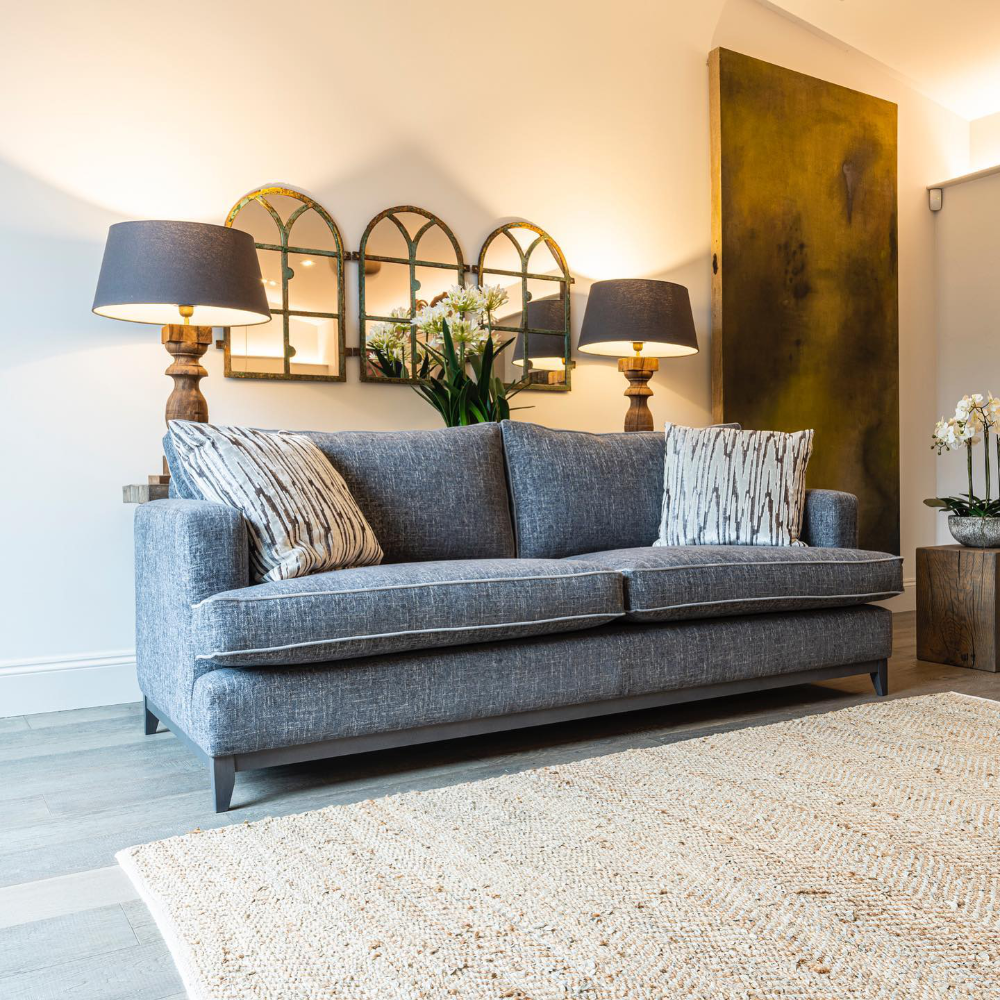
CREDIT: Tamarisk Designs
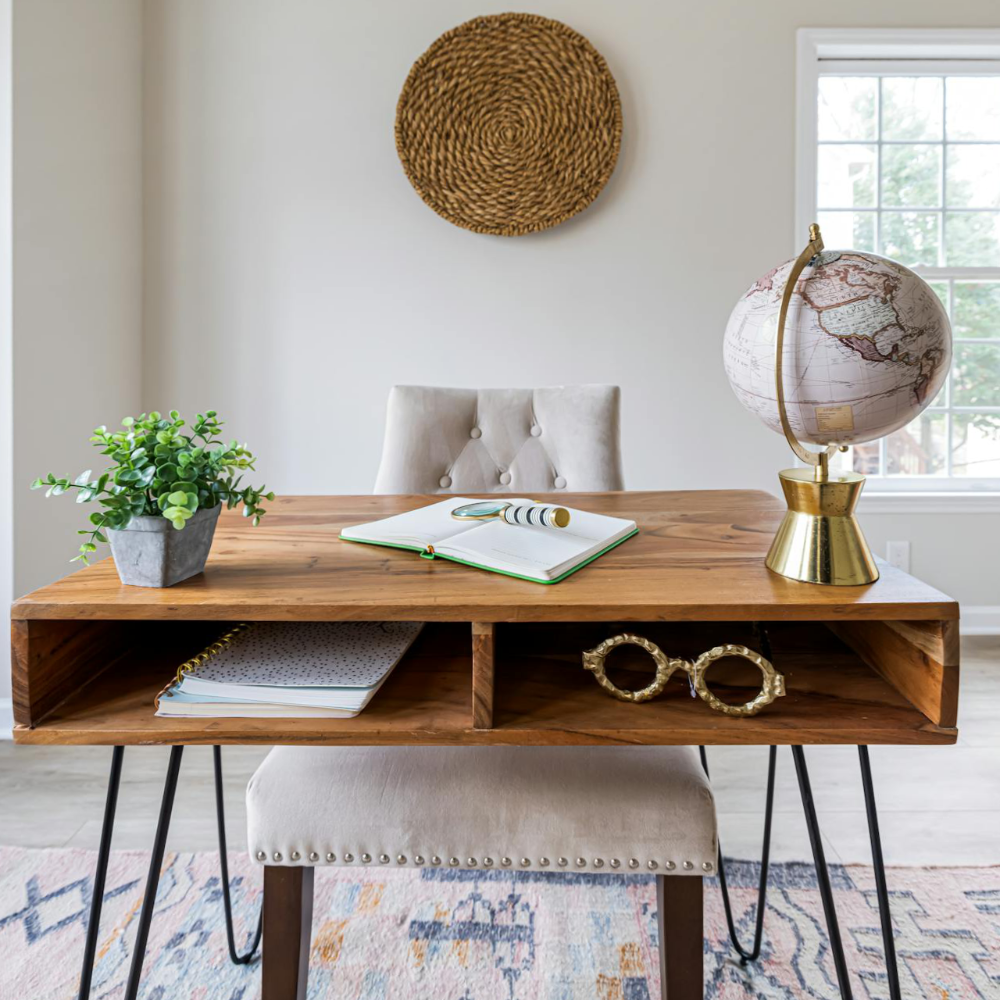
CREDIT: Curtis Adams
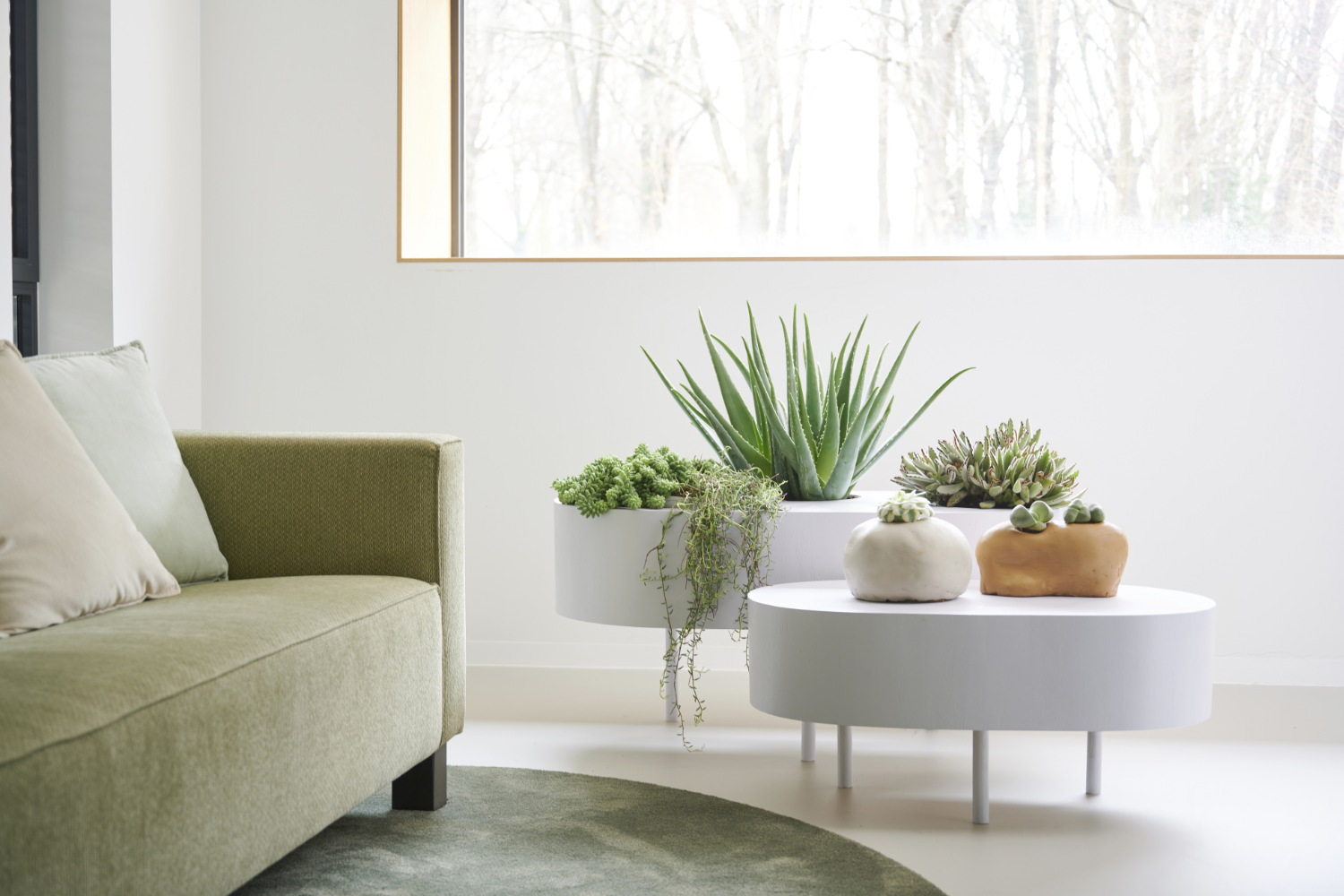
CREDIT: Thejoyofplants.co.uk
Visual reminders of nature are a core part of indirect biophilia.
Landscape paintings, botanical prints, or photographs of oceans and forests allow you to “look out at nature” even when you’re indoors.
These images act like mental windows, sparking calm and positive emotions linked to the outdoors.
To keep the connection authentic, think about how the art is made and framed—prints on recycled or sustainable papers, inks with low environmental impact, and frames crafted from FSC-certified or reclaimed wood all strengthen the biophilic ethos.
It’s not just about the subject of the art, but also about making mindful, eco-friendly choices that support the natural world you’re bringing into your home.
And for something more personal, you could even paint a mural on a wall. A leafy scene, a soft seascape, or abstract natural shapes can turn a blank space into your own little window to nature.
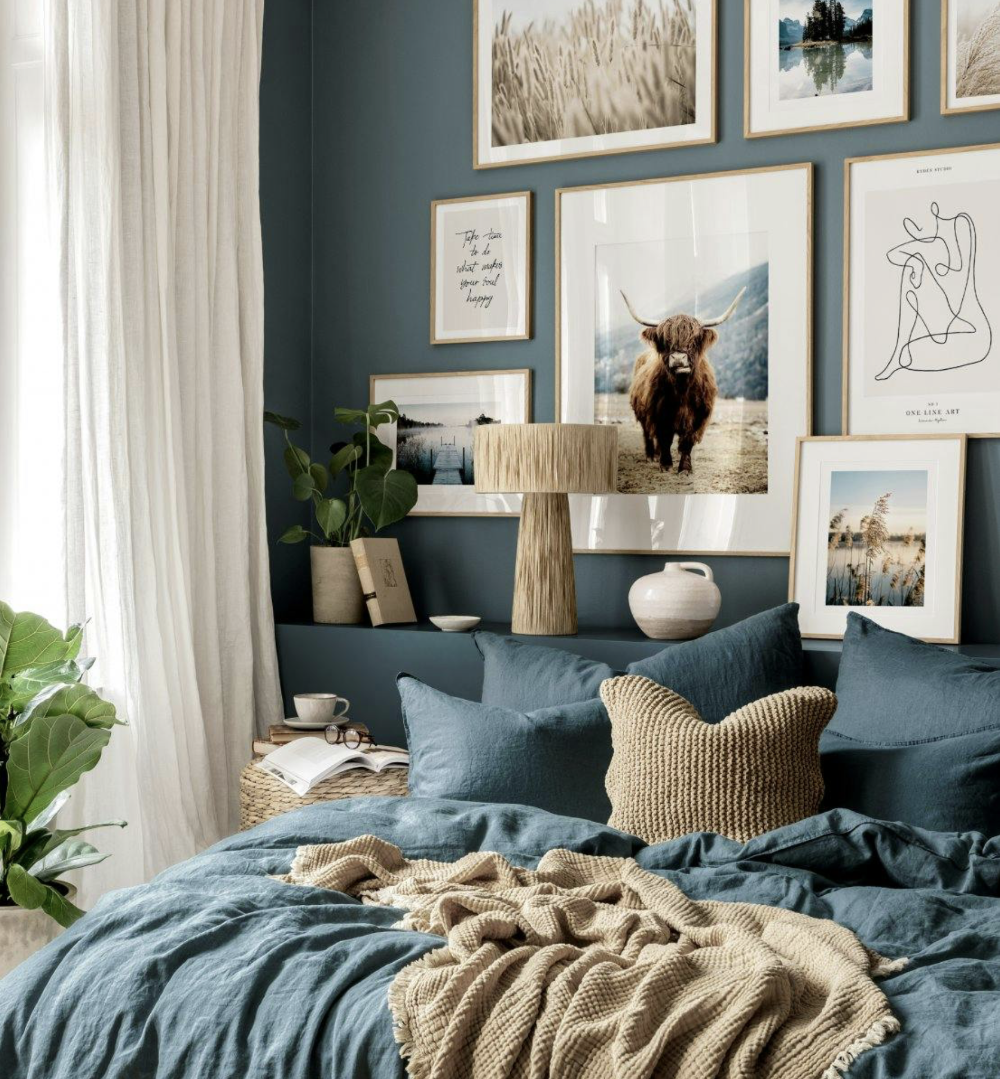
CREDIT: Poster Store UK

CREDIT: desenio.co.uk

CREDIT: Camelot Pictures
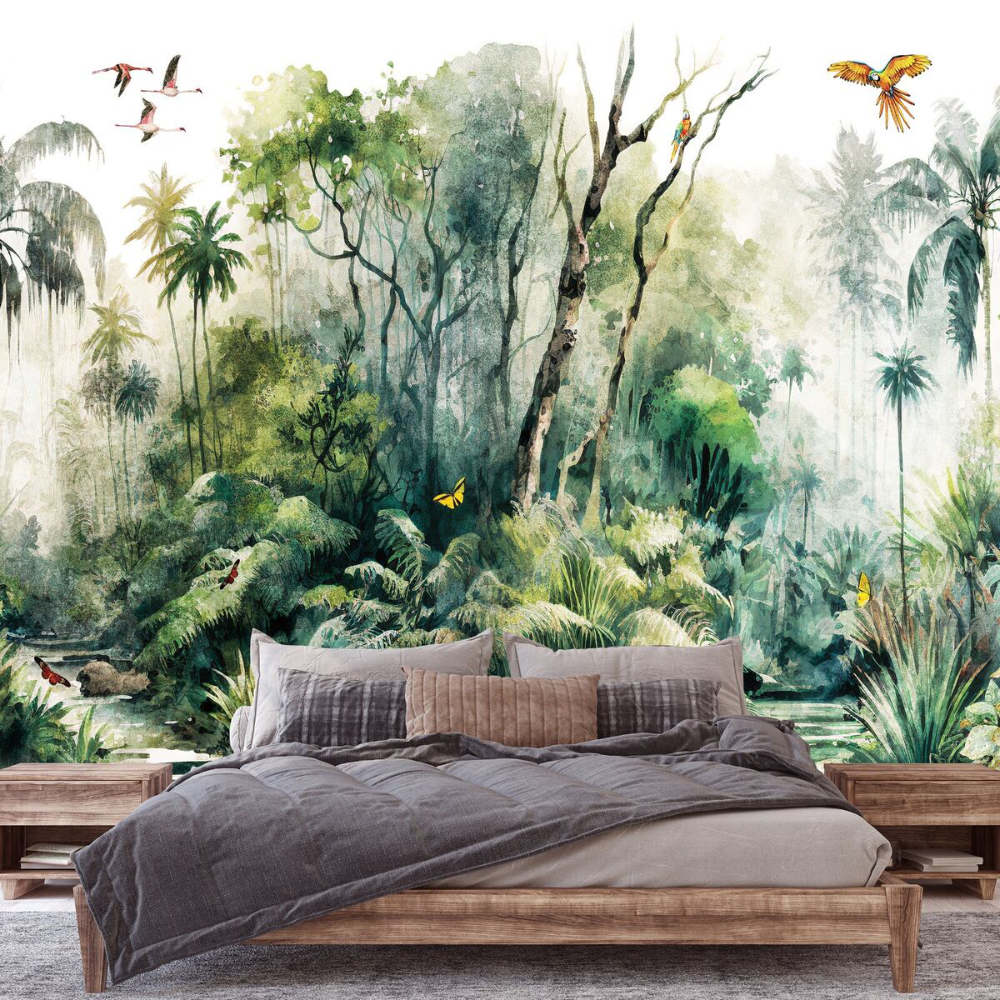
CREDIT: Forwall
Nothing beats natural daylight in a biophilic designed home, but in the evenings, you can echo the feel of natural light with lampshades made from rattan, bamboo, linen, or paper.
These soften the glow and cast gentle, dappled shadows, a little like sunlight through leaves.
Think about rhythm, too. Just as daylight shifts from bright mornings to golden evenings, your home lighting can follow the same pattern with warmer tones in the evening to help you wind down.
Choosing LED bulbs with dimming options makes this easy, and they’re kinder to the planet as well.
With the right balance of natural and artificial light, you can create a space that feels alive, calming, and beautifully connected to nature.
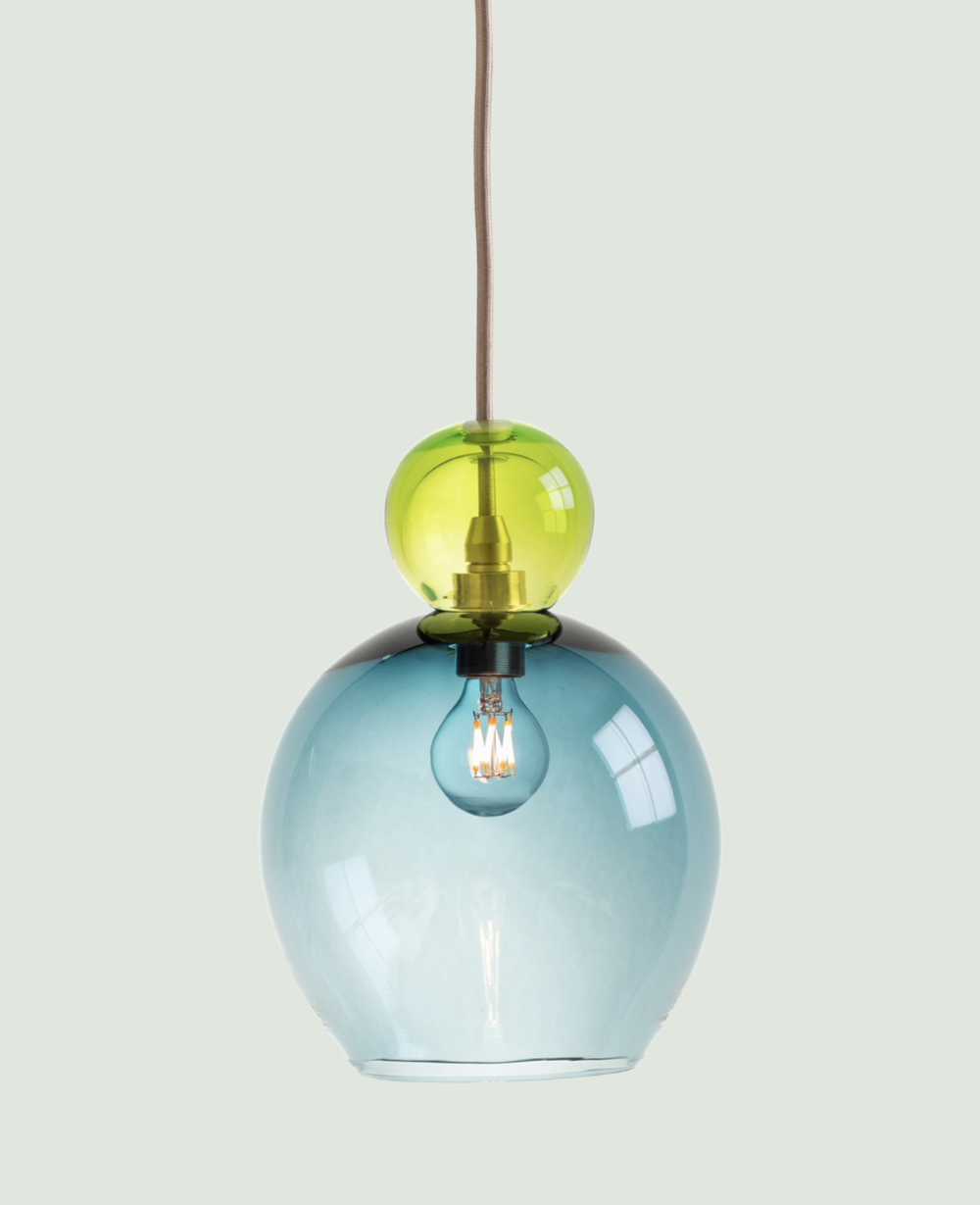
CREDIT: Curiousa Lighting
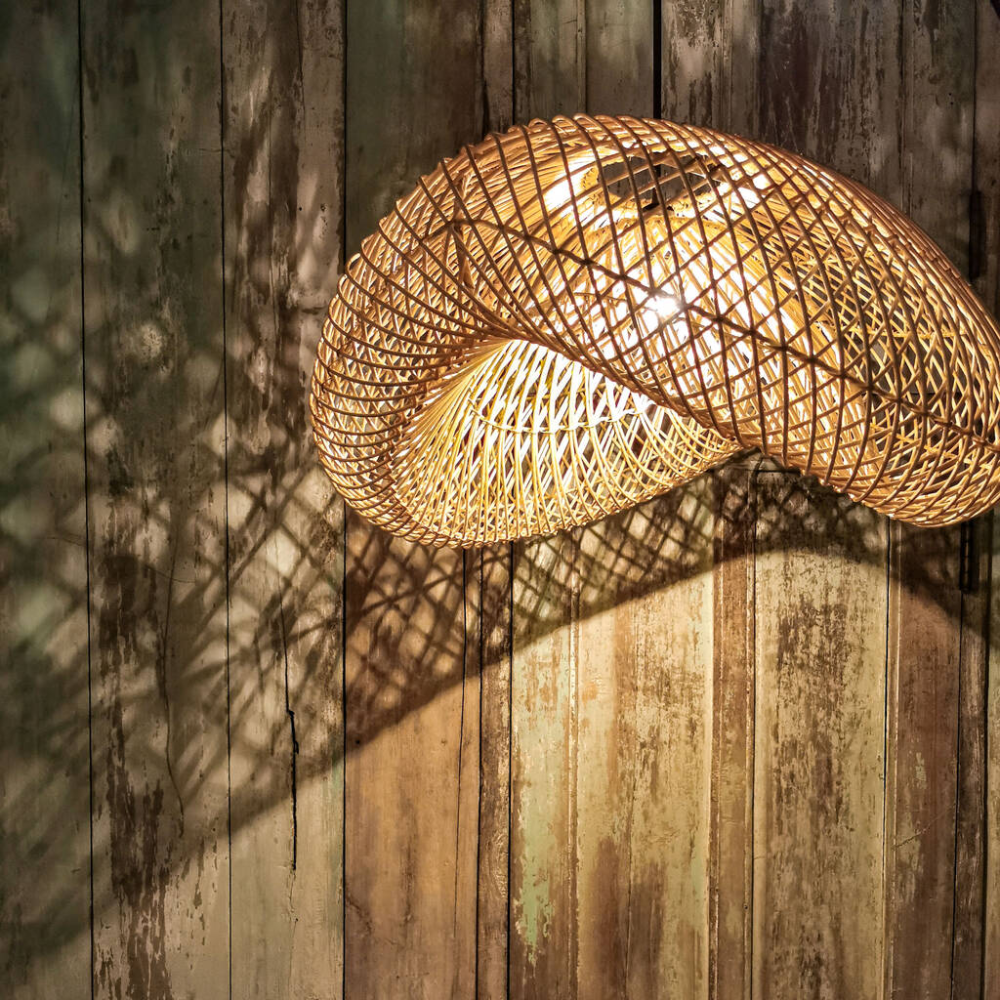
CREDIT: Collectiviste
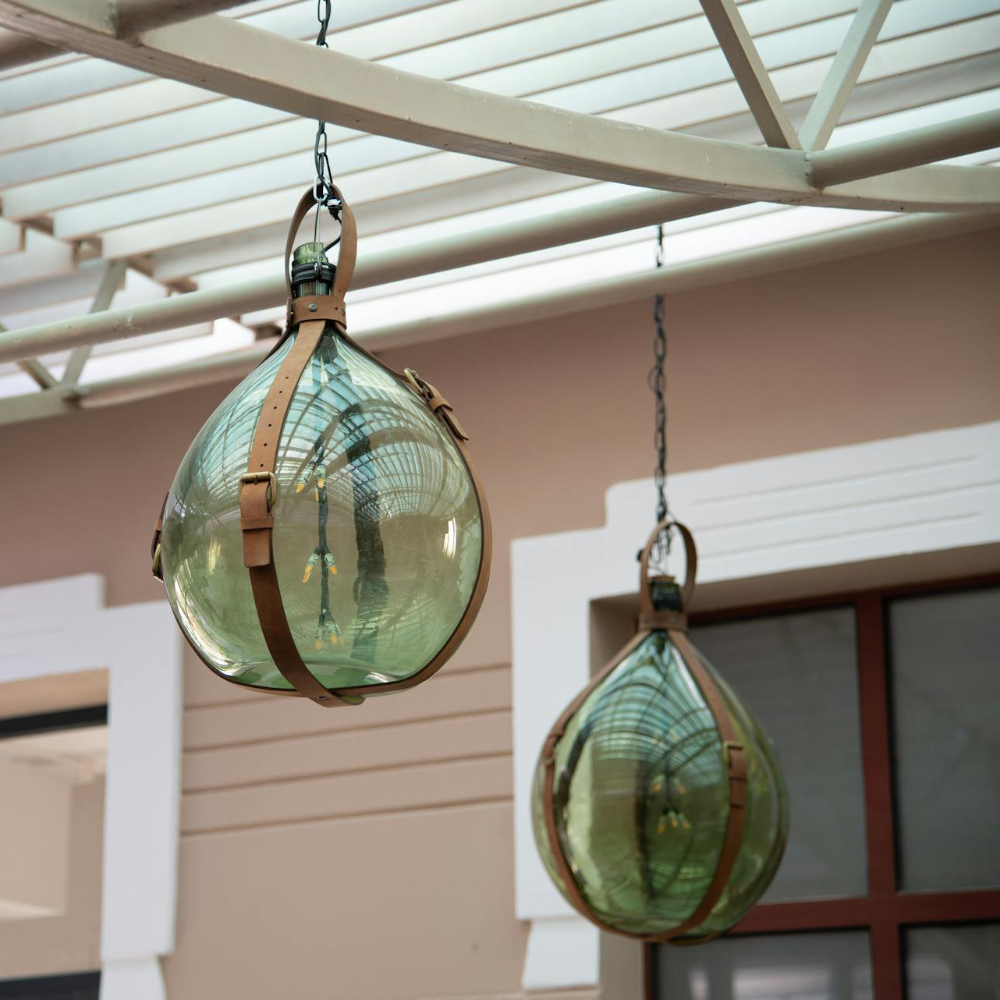
CREDIT: Alex Stoev
Accessories are one of the easiest ways to add a touch of nature to your home.
Think soft cushions and throws made from natural fabrics, woven baskets for storage, or a handmade ceramic vase on the table.
Small touches like wooden trays, stone bowls, or artwork inspired by leaves and landscapes can spark that same calming connection to the outdoors.
Even your table lighting can help—rattan or linen lampshades create a gentle, dappled glow, a bit like sunlight through trees. A soft pink or green ceramic base can tie in the colours in your cushions.
Because accessories are easy to swap, you can also switch them with the seasons to keep your home feeling in tune with nature all year round.
Here on the Isle of Wight, it's the perfect place to have a coastal feel inside your home. But, it's not about having lighthouses as ornaments. It's about introducing coastal hues and tactile objects that you find in nature. Keep it soft and soothing for a relaxed feel.
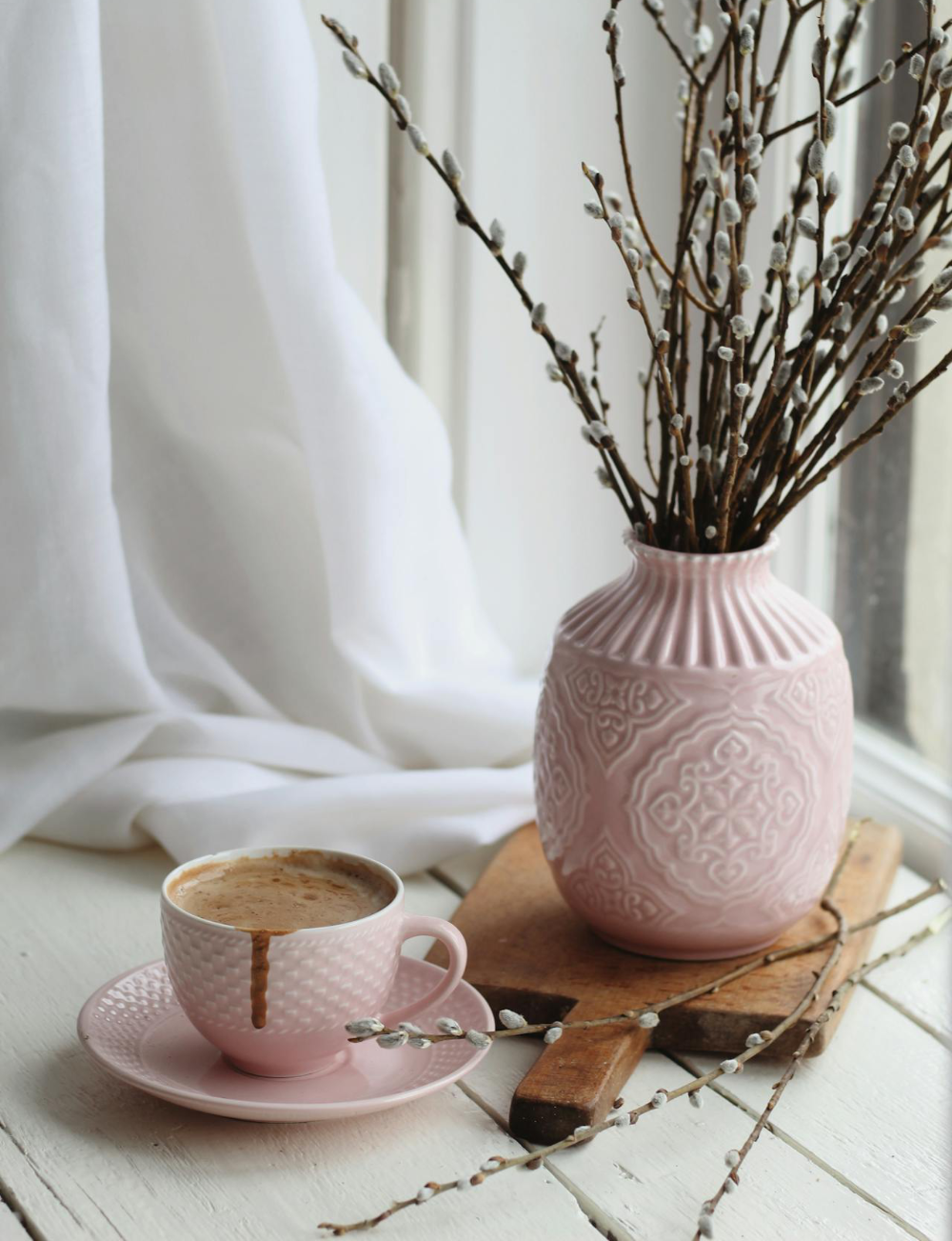
CREDIT: Ioana Motoc
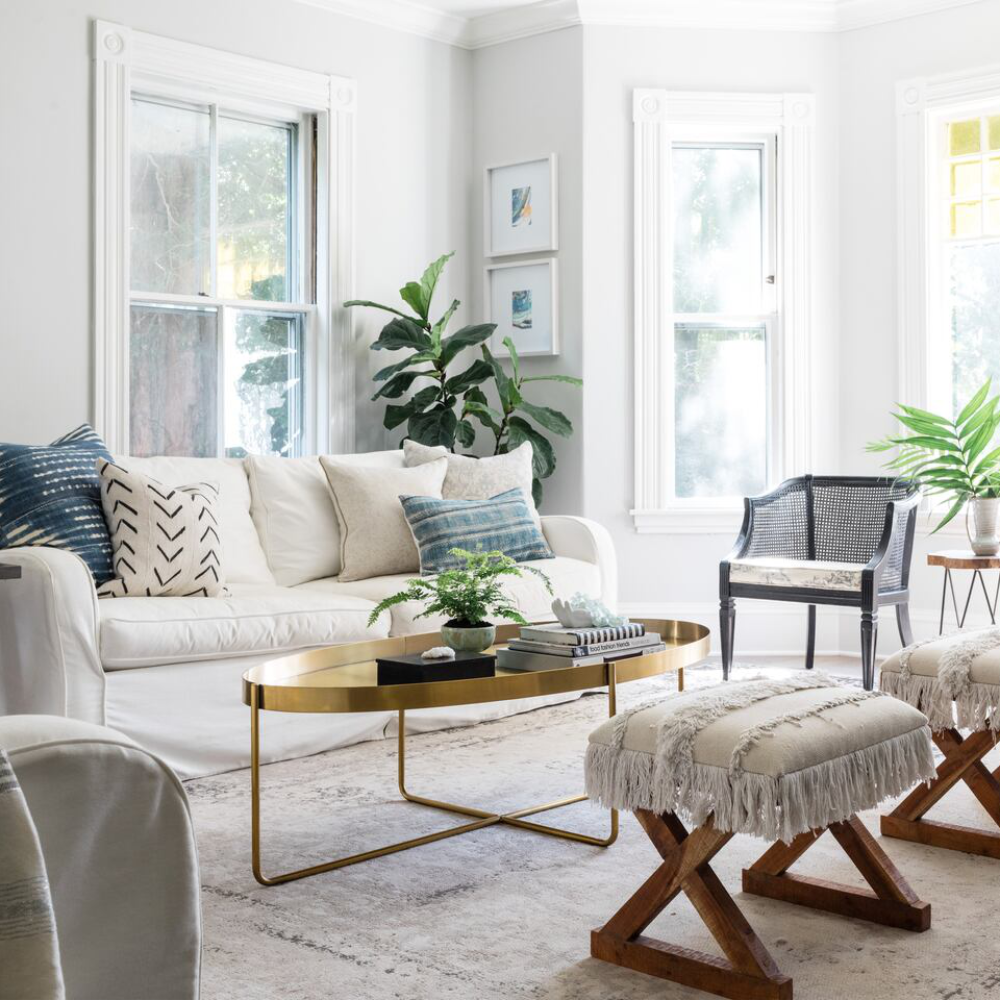
CREDIT: Joyelle West Photography
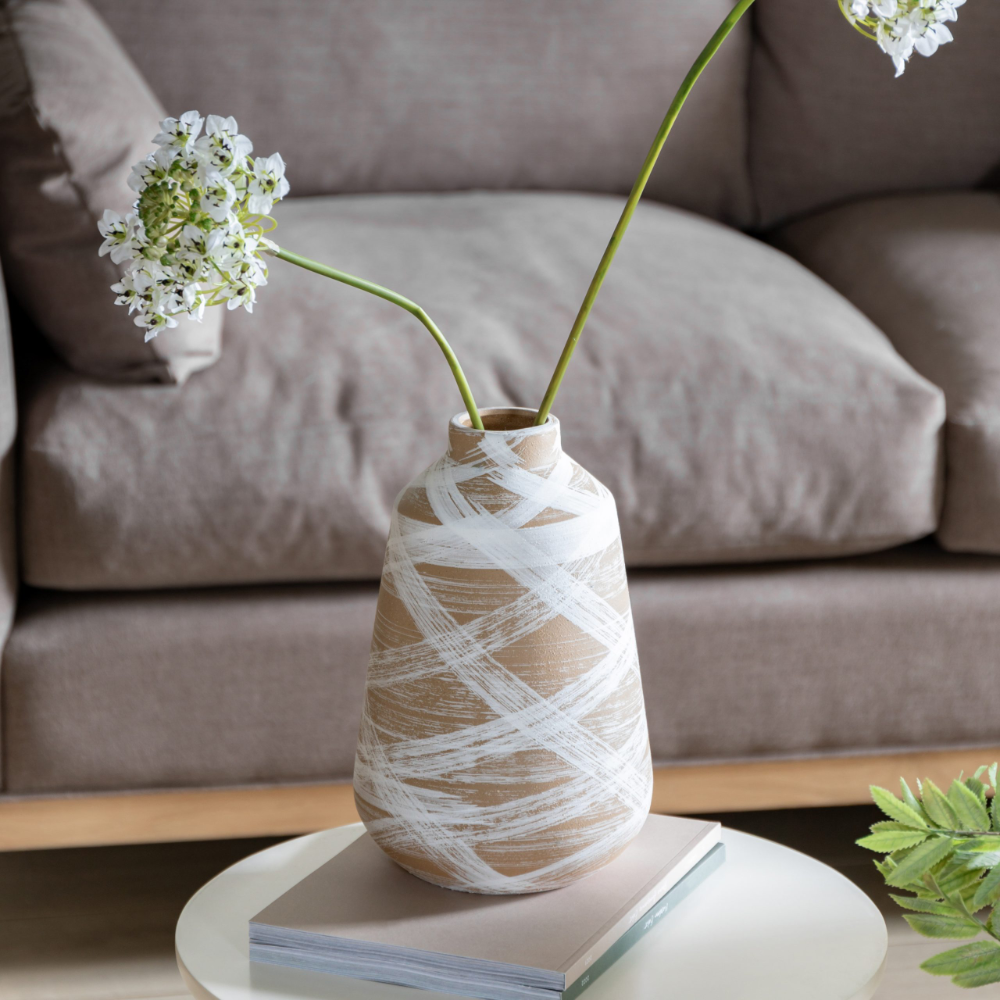
CREDIT: Gallery Direct
Indirect nature reminds us that connection to the natural world doesn’t always require plants or views. Through light, texture, and natural materials, we can create interiors that evoke calm and wellbeing.
When design quietly echoes nature, it helps us feel more grounded and at ease — wherever we are.